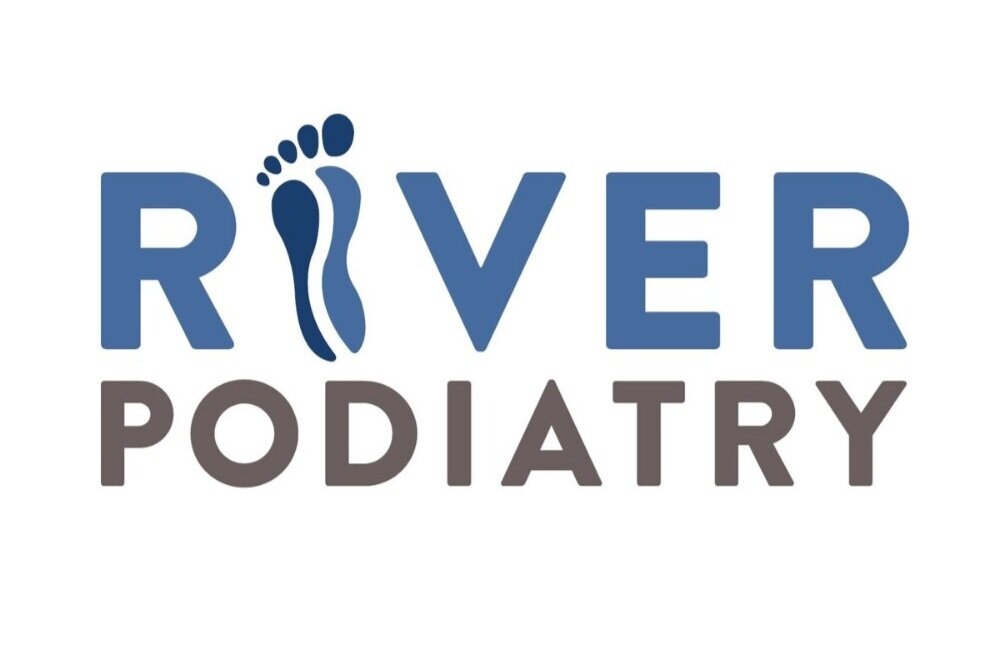THAT PAIN IN YOUR HEEL COULD BE PLANTAR FASCIITIS
Do you have pain in the bottom of your heel? This could be due to plantar fasciitis, which is a thick, web-like ligament that connects your heel to the front of your foot. Plantar fascia supports your foot arch and helps you walk. It is one of the most common orthopedic pains since your plantar fascia ligaments experience wear and tear daily. These ligaments act as shock absorbers but when there’s too much pressure on your feet, it can damage or tear your ligaments. Once the damage occurs, the plantar fascia becomes inflamed, which causes heel pain and stiffness.
Most people experience pain on the bottom of the heel. However, some experience pain in the mid-foot area. The pain occurs gradually over time and starts in one foot and could affect both feet. The pain can be sharp or dull but most people feel a burning or ache on the bottom of the foot. In the morning, the pain is more intense since you’re just taking your first steps out of bed. After a long day of activity, the pain can become intense due to increased inflammation.
People who are overweight or obese have an increased likelihood of developing plantar fasciitis. It occurs because there is increased pressure on your ligament. Pregnant women can experience bouts of plantar fasciitis. Long-distance runners are more likely to develop plantar fascia problems as well. Active people between 40-70 are at high risk for developing it.
There are a variety of structural foot problems, like high arches, flat feet or tight Achilles tendons, which can increase your risk of developing plantar fasciitis. If you have high arches or flat feet, take care of your shoes. Typically, plantar fasciitis does not occur from heel spurs, a hook of bone that can form on the heel.
Plantar fasciitis is diagnosed by your doctor, who will perform a physical exam to check for tenderness in your foot and the exact location of the pain. Part of the exam is you will need to flex your foot while the doctor presses on the plantar fascia to see if the pain worsens. During this exam, your podiatrist will evaluate the strength of your muscles and your nerve health by checking your reflexes, muscle tone, coordination, balance and sense of touch. An x-ray might be necessary to see if there is not a bone fracture.
There are numerous treatment options. One major part of treatment is reducing inflammation in the ligament. At home, you should stay off your feet and apply ice for 15-20 minutes, three to four times per day. In addition, start using arch supports in your shoes and doing stretching exercises to relieve pain. Also, ibuprofen and naproxen will help reduce inflammation in the ligament. If the home treatment does not help with the pain, then an injection of corticosteroid directly into the damaged ligament will help. Your doctor can do this at his or her office and can also apply it to the skin of your heel and then use a painless electrical current to let the steroid pass through your skin into your muscle.
An important part of treatment is physical therapy. It helps to stretch your plantar fascia and Achilles tendons. A physical therapist can teach you exercises to strengthen your lower leg muscles, which help to stabilize your walk and lessen the pressure on your plantar fascia. If you are still experiencing pain, your doctor may recommend extracorporeal shock wave therapy, where sound waves stimulate healing within the ligament. There are a few side effects such as bruises, swelling, pain, and numbness. Extracorporeal shock wave therapy has not been consistent in relieving symptoms.
Surgery should only be done when there is extreme pain. Your surgeon will partially detach the plantar fascia from the heel bone but this can weaken your arch and full function may be lost.
There are different types of braces and supports that can help stretch your calf and your arch. A night splint keeps your foot in a flexed position and lengthens the ligament and tendon overnight. Arch supports may help to alleviate the pain by distributing pressure and preventing further damage.
Chronic heel pain is a complication associated with plantar fasciitis. It can change your walk and cause injury to your legs, knees, hips, and back. Steroid injections can weaken the ligament and could cause a rupture of the ligament. Surgery has the risk of infection, bleeding, and reactions to the anesthesia.
The majority of people do not need surgery to relieve the pain. Most people with plantar fasciitis see an improvement through physical therapy, home treatments, and medical treatments. Treatment may take several months to two years before you see an improvement.
River Podiatry, with offices in Pearl River NY, & Midland Park NJ, we provide comprehensive evaluation and treatment of patients with various podiatric issues. Expect the best possible care utilizing the most modern techniques. Make an appointment today with Rockland County and Bergen County podiatrist Dr. Han!


